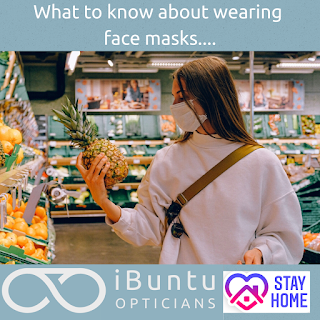There is so much controversy that surrounds the wearing of face masks in helping curb the spread of COVID-19. But what we know for true is the tremendous shortage of PPE for our frontline NHS and healthcare workers and, whilst there is a shortage, the supply and usage of medical-grade face masks should be reserved entirely for our critical care users.
The UK governments’ recommendation is in line with the World Health Organisation’s (WHOS’s) guidance, in that face masks are not necessary for the general public. Wearing of face masks could give a false sense of security and ultimately cause more damage than good. However with more organisations (like CDC in USA) and several governments now recommending that people wear cloth face masks when outside their homes, people are beginning to view it as their social responsibility in addition to current social distancing measures.
We know that masks will trap viral droplets from coughs and sneezes in an infected individual, making it less likely to transmit the disease, especially when the 2m distance cannot be maintained (shopping, travel, etc.)
It also affords some protection against infection through contagious droplets in the air, if used properly and in addition to social distancing measures.
So we are now beginning to use homemade cloth masks, modified scarves and T-shirts to help in the fight against COVID-19.
But what do we need to know about using cloth non-medical masks that makes their use effective and safe?
1. Wash your hands before and after handling the mask.
2. Wash mask immediately after use with detergent and on a 60 degrees wash cycle.
3. Make sure masks cover nose and mouth and there are no gaps between face and mask. Ideally cloth masks should be made of a breathable cotton fabric with multi-layers. If your masks has pleats then these should face-downwards.
4. Remove the mask by ear loops and ties. Avoid touching front of mask which essentially the virus filter.
Dont’s❌
1. Don’t stop social distancing, don’t stop hand-washing and avoid touching your face.
2. Don’t fiddle or touch the mask, if you need to re-adjust it, wash your hands first.
3. Don’t use face mask if wet.
4. Don’t reuse, store in pocket or leave a used mask lying around.
5. Don’t hoard medical grade masks-our healthcare workers need these.



Comments
Post a Comment